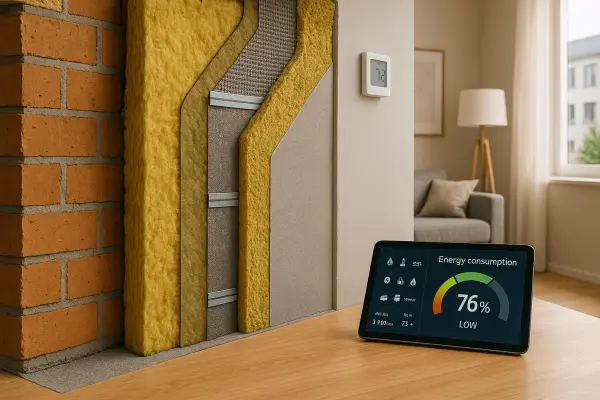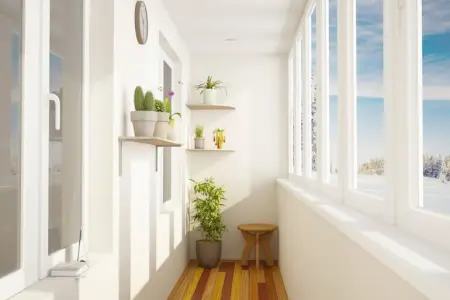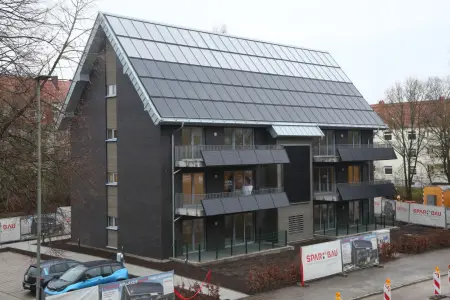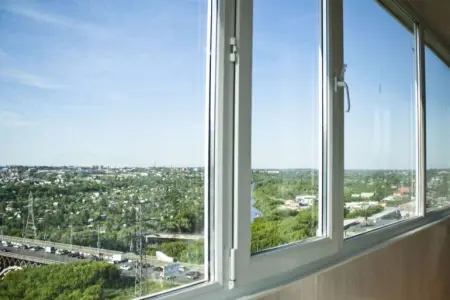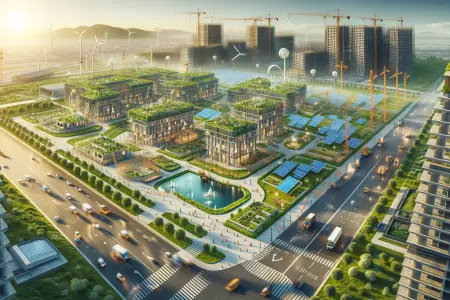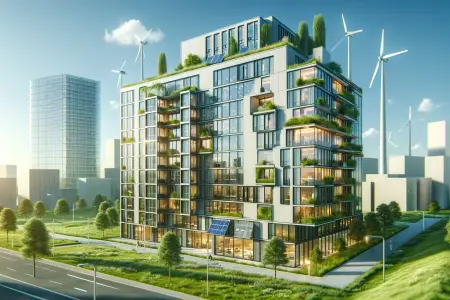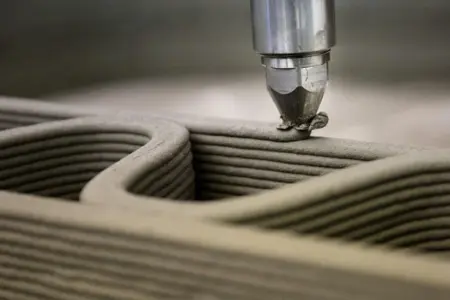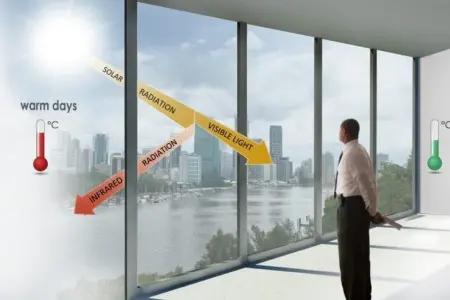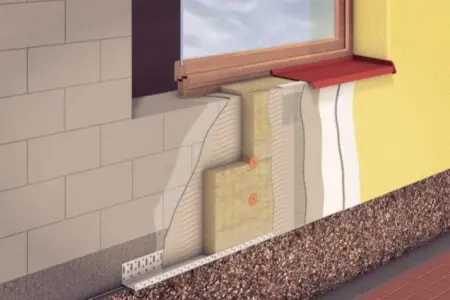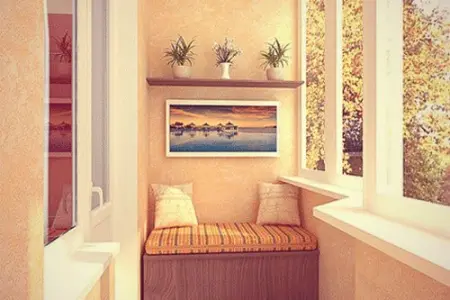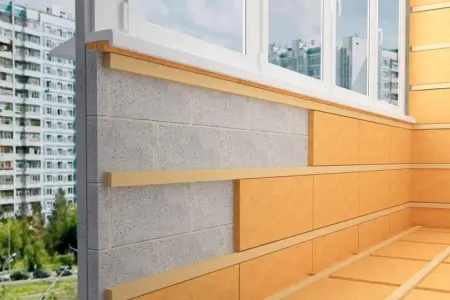In a world increasingly focused on sustainability and conservation, energy efficiency in construction is more crucial than ever. This guide delves into the myriad of technologies and methods designed to reduce energy consumption and promote environmental responsibility in the building industry. From foundational insulation techniques to cutting-edge smart home systems, we'll explore how modern advancements are setting new standards for energy-efficient living.
Transforming construction with energy-efficient technologies:
- Insulation and building envelope. Understand the critical role of insulation and building envelopes in minimizing heat loss and gain. Discover the latest materials and methods, including advanced window solutions and innovative wall systems, that provide superior insulation and energy savings.
- Renewable energy sources. Solar panels and other renewable energy technologies are becoming increasingly viable for residential and commercial buildings. Learn how these systems work, the benefits they offer, and how they're integrated into modern construction for a sustainable energy supply.
- Smart home systems for energy management. Dive into how smart home systems contribute to energy efficiency. From automated lighting and climate control to intelligent appliances, these systems optimize energy use and provide unparalleled convenience.
- Passive heating and cooling techniques. Explore passive design strategies that take advantage of natural climate conditions to maintain comfortable temperatures. Techniques like strategic orientation, thermal mass, and natural ventilation can significantly reduce reliance on artificial heating and cooling.
- LED lighting and efficient appliances. LED lighting and energy-efficient appliances are essential components of an energy-conscious home. Discover how these technologies save energy, reduce costs, and contribute to a lower environmental footprint.
- Innovative heating and cooling solutions. Learn about the latest in heating and cooling technologies, including heat pumps and geothermal systems. These solutions offer efficient temperature control, reducing energy consumption and greenhouse gas emissions.
- Green roofs and walls. Green roofs and walls not only add aesthetic value but also enhance insulation and reduce energy needs. Understand how these living systems contribute to thermal regulation and energy efficiency.
- Energy audits and building certification. Discover the importance of energy audits and building certifications in promoting and verifying energy efficiency. Learn about different certification programs and how they guide the construction of energy-efficient buildings.
Energy-efficient technologies are transforming the construction industry, paving the way for a future where buildings not only provide comfort and safety but also actively contribute to a sustainable world. By embracing these innovations, builders, homeowners, and businesses can significantly reduce energy consumption, lower costs, and minimize environmental impact. The journey toward energy-efficient construction is an ongoing process of learning, innovation, and implementation, and it's one that promises a brighter, more sustainable future for all.
